2,2-DIMETHYL-3-(2-METHYLPROP-1-ENYL)CYCLOPROPANECARBOXYLIC ACID
- CAS NO.:10453-89-1
- Empirical Formula: C10H16O2
- Molecular Weight: 168.23
- MDL number: MFCD00057698
- EINECS: 233-941-2
- SAFETY DATA SHEET (SDS)
- Update Date: 2024-12-18 14:15:32
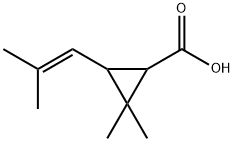
What is 2,2-DIMETHYL-3-(2-METHYLPROP-1-ENYL)CYCLOPROPANECARBOXYLIC ACID?
The Uses of 2,2-DIMETHYL-3-(2-METHYLPROP-1-ENYL)CYCLOPROPANECARBOXYLIC ACID
Chrysanthemic Acid is an intermediate in the synthesis of Chrysanthemic Acid (C903440); Dimethrin is a pesticide, a pyrethroid insecticide. An acaricide for agricultural purposes.
Definition
ChEBI: A monocarboxylic acid that is cyclopropanecarboxylic acid substituted by two methyl groups at position 2 and a 2-methylprop-1-en-1-yl group at position 3.
Properties of 2,2-DIMETHYL-3-(2-METHYLPROP-1-ENYL)CYCLOPROPANECARBOXYLIC ACID
| Boiling point: | 257.18°C (rough estimate) |
| Density | 0.9812 (rough estimate) |
| refractive index | 1.4890 (estimate) |
| pka | 4.90±0.33(Predicted) |
| Melting point: | 50-51 °C |
| form | oil |
| color | Pale yellow |
| EPA Substance Registry System | Cyclopropanecarboxylic acid, 2,2-dimethyl-3-(2-methyl-1-propenyl)- (10453-89-1) |
Safety information for 2,2-DIMETHYL-3-(2-METHYLPROP-1-ENYL)CYCLOPROPANECARBOXYLIC ACID
| Signal word | Warning |
| Pictogram(s) |
 Exclamation Mark Irritant GHS07 |
| GHS Hazard Statements |
H302:Acute toxicity,oral H315:Skin corrosion/irritation H319:Serious eye damage/eye irritation H335:Specific target organ toxicity, single exposure;Respiratory tract irritation |
| Precautionary Statement Codes |
P261:Avoid breathing dust/fume/gas/mist/vapours/spray. P264:Wash hands thoroughly after handling. P264:Wash skin thouroughly after handling. P270:Do not eat, drink or smoke when using this product. P271:Use only outdoors or in a well-ventilated area. P280:Wear protective gloves/protective clothing/eye protection/face protection. P330:Rinse mouth. P362:Take off contaminated clothing and wash before reuse. P301+P312:IF SWALLOWED: call a POISON CENTER or doctor/physician IF you feel unwell. P302+P352:IF ON SKIN: wash with plenty of soap and water. P304+P340:IF INHALED: Remove victim to fresh air and Keep at rest in a position comfortable for breathing. P305+P351+P338:IF IN EYES: Rinse cautiously with water for several minutes. Remove contact lenses, if present and easy to do. Continuerinsing. P332+P313:IF SKIN irritation occurs: Get medical advice/attention. P337+P313:IF eye irritation persists: Get medical advice/attention. P405:Store locked up. P403+P233:Store in a well-ventilated place. Keep container tightly closed. P501:Dispose of contents/container to..… |
Computed Descriptors for 2,2-DIMETHYL-3-(2-METHYLPROP-1-ENYL)CYCLOPROPANECARBOXYLIC ACID
New Products
Trans-methyl 4-aminocyclohexane- carboxylate HCl 3-(hexyloxy)-4-(pyridin-3-yl)-1,2,5-thiadiazole 2-Propanamine, 1-chloro-, hydrochloride (9CI) 3-Pyridineacetonitrile, α-hydroxy- 3-Iodophenylacetic acid (S)-1-Boc-3-methanesulfonyloxy-pyrrolidine Cyclohexane, (2-propynyloxy)- 3-Bromobenzaldehyde, 95% 2-Naphthol, 98% Cysteamine hydrochloride, 98% Copper(II) bromide, 98% 1-Chloro-2,4-difluorobenzene,98% Dodecylbenzenesulfonic acid, 95% L-Glycine methyl ester.HCl Fmoc-L-Tyr(tBu)-OH Calcium Alphaketoglutarate* H-Ser(t-Bu)-Ser(t-Bu)-Gly-OH Fmoc-Ser(tBu)-Ser(Ψ(Me,Me)pro-OH Triphosgene 5-Cyanophthalide 10-Methoxy-5H-dibenz[b,f]azepine L-Glutamic Acid Dimethyl Ester Hcl 2-AMINO-3,5-DIBROMO BENZALDEHYDE [ADBA] 4-(3,4-Dichlorophenyl)-3,4-Dihydro-N-Methyl-1-(2H)-Naphthalenimine (Schiff Base)Related products of tetrahydrofuran
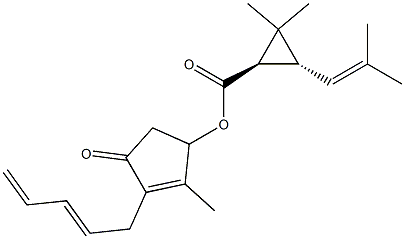
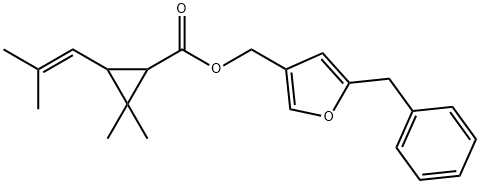
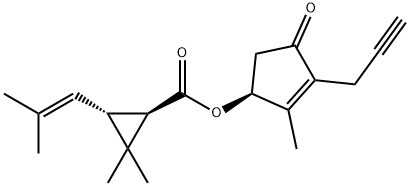
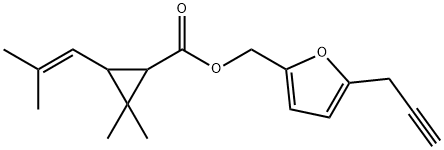
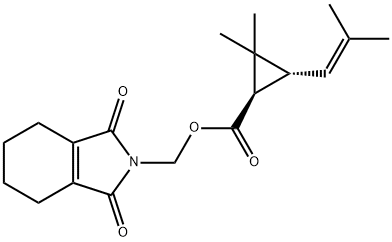
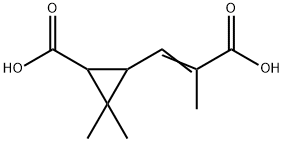
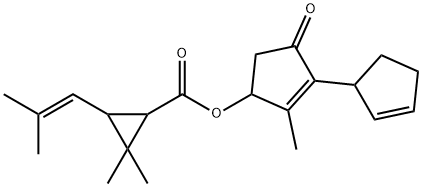
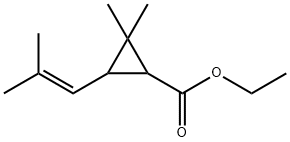
You may like
-
 Chrysanthemic acid (cis/trans=1:10) 98% (GC) CAS 10453-89-1View Details
Chrysanthemic acid (cis/trans=1:10) 98% (GC) CAS 10453-89-1View Details
10453-89-1 -
 Chrysanthemic acid, 90% CAS 10453-89-1View Details
Chrysanthemic acid, 90% CAS 10453-89-1View Details
10453-89-1 -
 15761-38-3 N-Boc-L-Alanine >98%View Details
15761-38-3 N-Boc-L-Alanine >98%View Details
15761-38-3 -
 873-74-5 4-Aminobenzonitrile 99%View Details
873-74-5 4-Aminobenzonitrile 99%View Details
873-74-5 -
 872-85-5 99%View Details
872-85-5 99%View Details
872-85-5 -
 N,N-Carbonyl diimidazole 99%View Details
N,N-Carbonyl diimidazole 99%View Details
530-62-1 -
 3- Pyridinecarboxaldehdye 500-22-1 99%View Details
3- Pyridinecarboxaldehdye 500-22-1 99%View Details
500-22-1 -
 80841-78-7 DMDO-Chloride 92%View Details
80841-78-7 DMDO-Chloride 92%View Details
80841-78-7
Statement: All products displayed on this website are only used for non medical purposes such as industrial applications or scientific research, and cannot be used for clinical diagnosis or treatment of humans or animals. They are not medicinal or edible.
